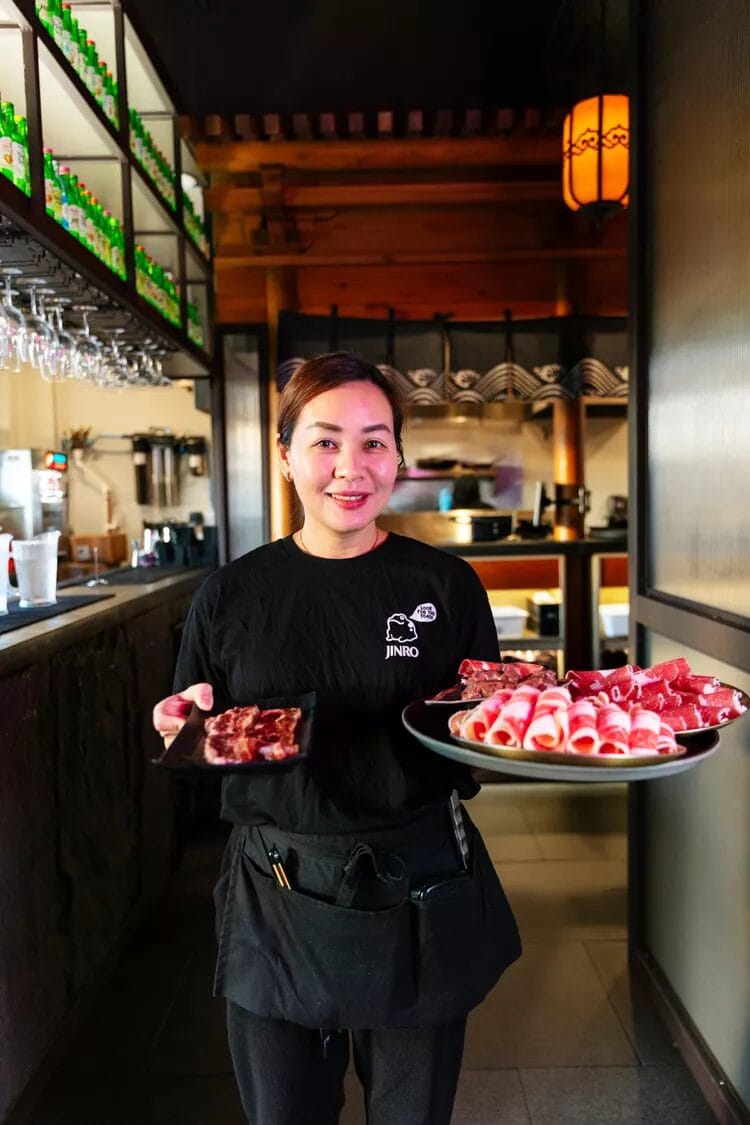
August 26, 2024
Within the past two decades, Houston has been recognized increasingly for its ethnic diversity. By some measures, it ranks first in the nation. But when I was growing up in this car-dependent city, it wasn’t always so apparent. As a young Vietnamese Texan who sometimes felt alienated in school, I cherished my family’s weekend trips to Houston’s Chinatown, now known more accurately as Asiatown. Every Asian kid who grew up in this city has core memories here. For me, it was scouring the aisles of Viet Hoa International Foods supermarket for fish sauce, shrimp paste, and vegetables like gai lan (Chinese broccoli) and water spinach that we couldn’t find at mainstream grocers. It was discovering Taiwanese boba tea for the first time, when it had just landed in the United States. It was celebrating birthdays, weddings, and parties at family-style restaurants where the service was outwardly curt yet also familiar.
Welcome To Asiatown
Taking up 6 square miles around Bellaire Boulevard, Asiatown sprung up in the late 1980s as property developers began pressuring Asian business owners out of Houston’s original Chinatown, which was located in East Downtown. No strangers to displacement, these immigrant entrepreneurs began moving to Southwest Houston, where there were already a handful of Asian establishments at Diho Square, which was built in 1983. The neighborhood boomed in earnest in the 2000s. Beyond supermarkets and restaurants, there were also auto shops, hair salons, travel agencies, herbal medicine specialists, and even Chinese and Vietnamese newspapers and radio stations. Buddhist and Taoist temples welcomed local worshippers. Street signs were rewritten in Vietnamese (on the western side of State 8) and Chinese (on the eastern side).
Today, Bellaire Boulevard is seen not only as a “Chinatown” but an Asiatown noted for its great plurality. While the area’s earliest inhabitants were Chinese immigrants, they were followed by waves of Southeast Asian refugees, particularly from Vietnam, through the eighties and nineties. As the neighborhood has grown, new Thai, Taiwanese, Korean, Japanese, Malaysian, and Laotian eateries—along with dozens of international teahouses and dessert chains—have joined the older institutions to round out its modern offerings.
For Korean Barbecue
:max_bytes(150000):strip_icc():format(webp)/27356_Asiatown_B4A5843_preview-79b3e4059dea453cb1af47af8b9c0283.jpg)
Hongdae 33
Though Korean restaurants were initially few and far between in Asiatown, the Korean barbecue here now rivals that of anywhere in America. For an all-you-can-eat option, look no further than Hongdae 33, which also has an array of soju and cocktails to wash it all down. It opened in early 2023 in Dun Huang Plaza—a sprawling bi-level complex that now houses many of the area’s newer and more modern concepts. With a pool hall and several bars, it’s also the heart of activity later in the evening. “Dun Huang Plaza is the hot spot in Asiatown,” says co-owner Grace Xia, who runs the restaurant with her husband, Leo. She notes it stays open until 2 a.m. on the weekends to cater to folks out on the town. “Our late-night operation is key: People have a place to hang out, eat, drink, and enjoy the ambience—and the trendy music makes them bounce their shoulders.” The menu features premium versions of crowd pleasing cuts of meat, from Black Angus galbi (beef short ribs) to Wagyu beef belly and New York steak as well as tamari pork jowl and garlic-butter jumbo shrimp. The price per diner is $33, but note that there’s a 90-minute window to eat.
Original Article: https://www.southernliving.com/where-to-eat-in-houston-asiatown-8687786